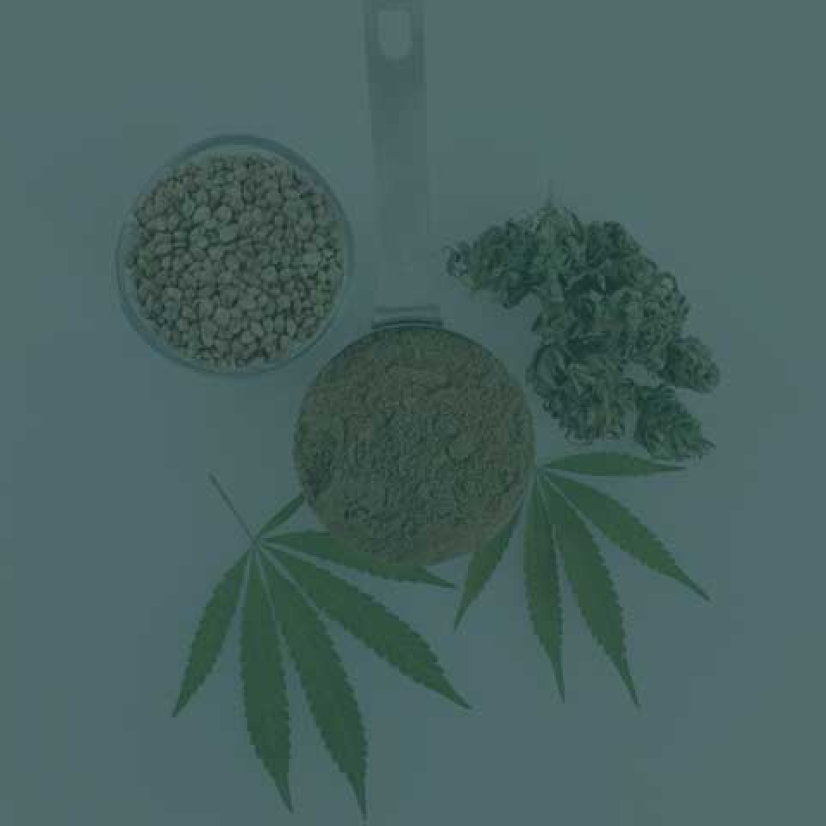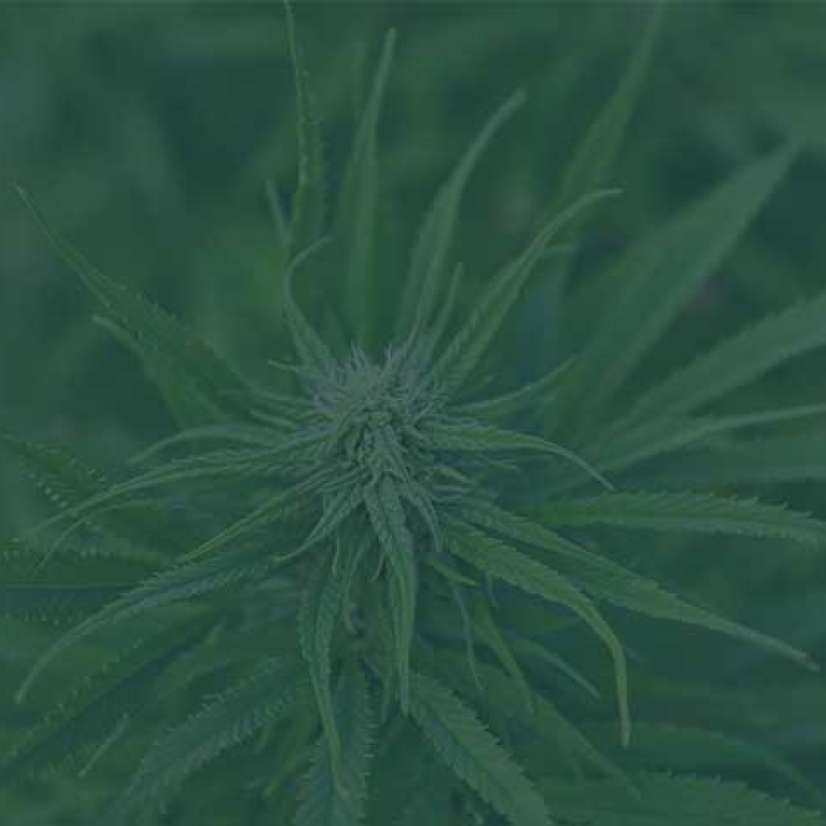Baking with...
Baking with hemp is an excellent way to boost the nutritional value of your treats while adding a subtle nutty...
In 2016, the United States lifted its ban on domestic hemp production, which had been in place since the end of World War II. While Canada, Europe, and some Asian nations have been growing and processing hemp for decades, the US hemp industry is in its infancy.
Hemp has potential for so many different sectors. Farmers are eager to grow the plant and diversify their crop rotations. Entrepreneurs are interested in the utilities of hemp when compared to products currently made with plastics and other unsustainable materials. Medical and pharmaceutical companies are researching the many beneficial medicinal uses of hemp-derived cannabinoids such as CBD.
Hemp was used for paper and medicine in China as far back as 8000 BCE. Between 2000 BCE and the early 1900s, hemp was used to make rope, clothing, and canvas. In the 1600s, when the British colonized the Americas, hemp was grown by the farmers to make hemp seed, hemp oil, ropes, and fabric. Abraham Lincoln use hemp oil for his household lamp fuel. The Declaration of Independence was printed on hemp paper. In 1941, Henry Ford built a prototype of a car built with hemp-based plastics and fueled by hemp oil.
Hemp is sometimes called the plant of 10,000 uses. This adage is believable if you consider that it can be used for fabric, oil, food, bioplastics, paper, medicine, concrete, insulation, animal bedding, superconductors, and more.
The global climate crisis has led industries across all sectors to look for alternatives to the current fossil fuel-based economy. Americans that are interested in eating more plant-based protein are finding the benefits of hemp food. Manufacturers interested in lowering their carbon footprints are wanting to source materials closer to home. Countries are trying to find sustainable options to limit the usage of plastics and other harmful materials.
Every part of the hemp plant can be used. The flowers and leaves provide CBD and terpenes. The hemp seeds are rich in protein, fiber, omegas -3, -6, and -9 healthy fats, vitamins, and many other nutrients. The oil pressed from the hemp seed is used as a food ingredient and industrial lubricant. The stalk’s outer bast fiber can be used to make fabric, paper, and other woven materials. The woody core, also known as hurd, is used for animal bedding, construction, insulation, and erosion control materials.
Hemp production generally requires fewer inputs than most traditional crops. Hemp can grow very quickly and outcompete weeds if planted densely and at the right time. It can lower pest pressure if grown in a diverse crop rotation.
Cotton, barley, wheat, and rice require high water inputs. Globally, one-third of the textile industry uses cotton as its major input. A 100% cotton t-shirt takes 2,700 liters of water to produce. According to one European study, the equivalent amount of hemp fiber can be produced using 5% of the water that cotton requires.
In order to slow climate change, we need changes at every level to every industry. Growing hemp in the US can help us meet sustainability goals by diversifying the crops we grow, lessening pesticide and water usage, sequestering carbon, reducing transportation costs in the supply chain, and replacing meat and plastics with a plant-based alternative.

